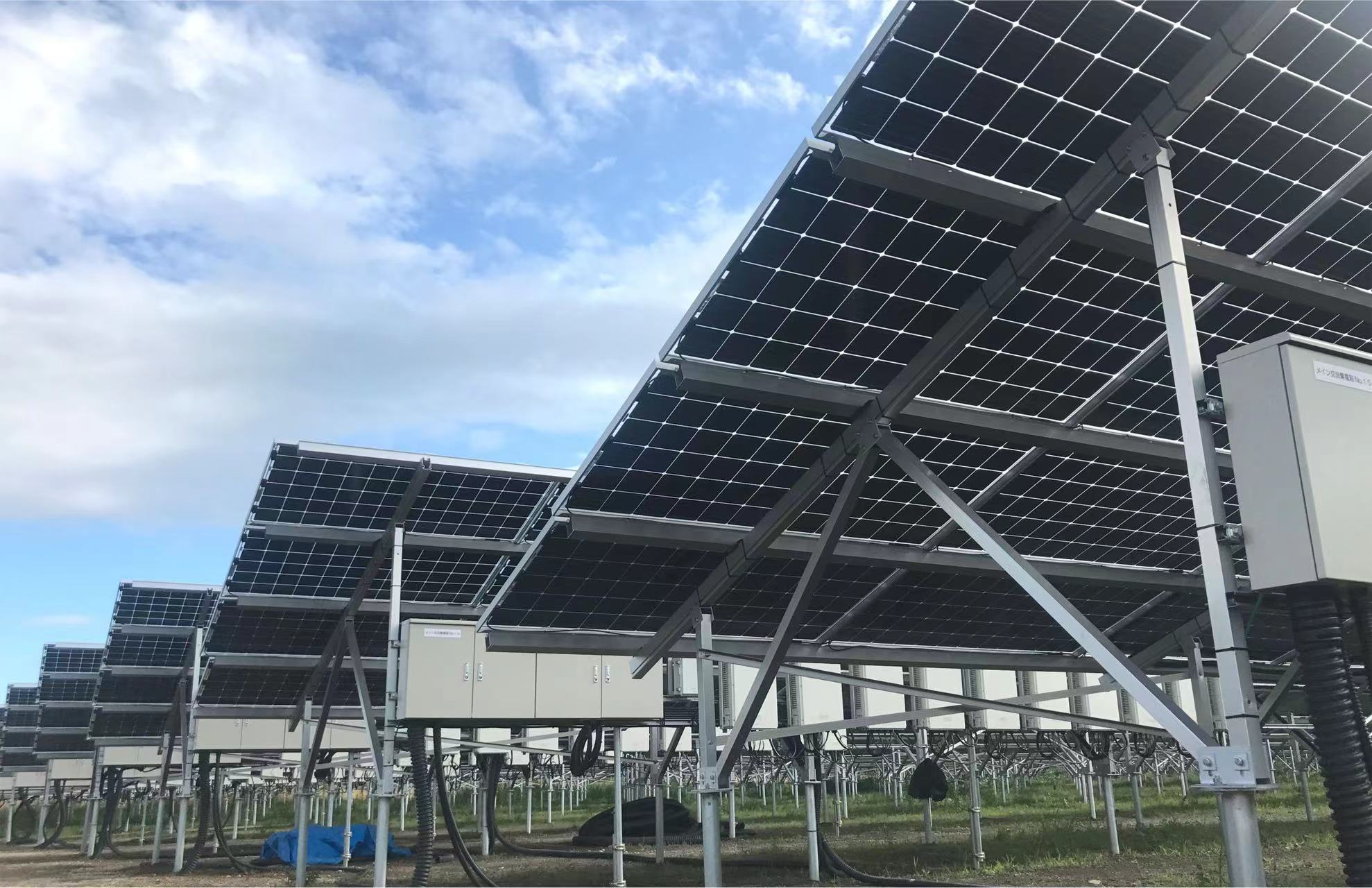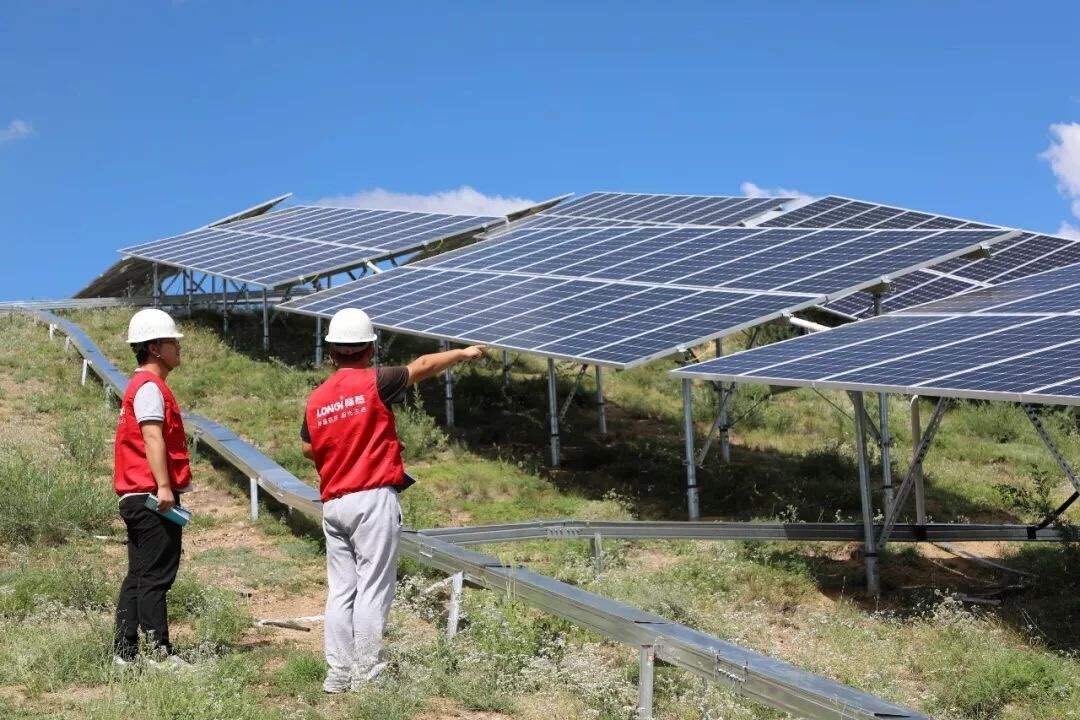In regions frequently affected by typhoons, the design of PV power plant brackets and foundations is crucial. It is essential to consider multiple factors during the design process to ensure stable operation in harsh environments.
During the initial design phase, it is important to strictly follow China's national standards GB50797-2012 "Design Specifications for PV Power Plants" and GB50009-2012 "Building Structural Load Specifications" for the design of brackets and foundations. The quality of the brackets is particularly tested under extreme wind speeds, which is why conducting professional wind tunnel tests on the mounting system is advisable.

Wind tunnel tests can accurately simulate typhoon wind speeds and directional changes, realistically recreating the impact of typhoons on PB brackets. This allows for the assessment of the wind resistance of different brackets, identification of potential structural weaknesses, and targeted optimization to enhance the overall stability of the power plant. The results from these tests help accumulate reference data for various regions and environments, guiding the design, manufacture, and installation of PV brackets.
To address the natural disasters brought on by typhoons, it is beneficial to choose brackets and clamps that have better impact resistance and seismic performance, thereby improving the power plant's ability to withstand unusual conditions. Huge Energy solar PV mounting structures feature carefully selected materials, such as corrosion-resistant aluminum alloys, high-strength steel products and top-quality stainless steel bolt sets. Precision machining ensures durability in varied environments.

Additionally, based on the geological conditions of the site and simulated wind speed variations, suitable foundation types and depths can be chosen to ensure the stability of the bracket foundations against the overturning moments caused by typhoons. Huge Energy designs reasonable support structures and connection methods, taking into account the impact of wind and snow loads to enhance the lateral wind resistance of the brackets and ensure structural stability.
In summary, by strictly adhering to national standards, conducting professional wind tunnel tests, and implementing a series of targeted optimization measures, we can significantly improve the wind resistance of PV power plant brackets and foundations. This not only ensures the safe operation of the power plant under extreme weather conditions but also last long-term stability.
